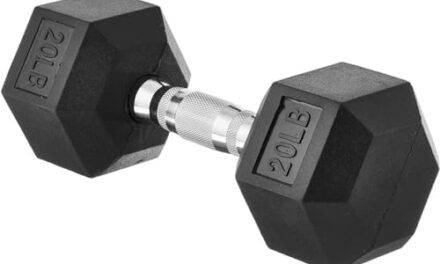For athletes striving for peak performance, the design and execution of their training programs are pivotal. An effective athletic training program is a comprehensive plan that incorporates various elements to enhance physical abilities, reduce the risk of injury, and ensure continued improvement over time. This article delves into the essential components that constitute a robust athletic training program, providing insights for athletes across all levels and disciplines.
1. Assessment and Goal Setting
Before embarking on any training regimen, it's crucial for athletes to undergo a thorough assessment. This involves evaluating current fitness levels, identifying strengths and weaknesses, and understanding specific physical demands of their sport. Based on this assessment, realistic yet challenging goals can be set. Goal setting should be SMART: Specific, Measurable, Achievable, Relevant, and Time-bound, providing a clear direction for the training program.
2. Periodization
Periodization is the systematic planning of athletic training. It involves breaking down the training program into cycles: macrocycles (the entire training year), mesocycles (months or weeks), and microcycles (days or sessions). Each cycle focuses on different goals, such as building a base, improving strength, honing sport-specific skills, or tapering for competition. Periodization prevents overtraining and plateaus by modulating training variables like intensity, volume, and recovery.
3. Physical Conditioning
Physical conditioning is the backbone of athletic training, comprising strength, endurance, flexibility, and mobility training. Strength training enhances muscle power and injury resistance. Endurance training, both aerobic and anaerobic, boosts cardiovascular efficiency and stamina. Flexibility and mobility exercises improve range of motion, aiding performance and decreasing injury risk. Balancing these elements is key to developing a well-rounded athlete.
4. Skill Development
Technical skill development is essential for sport-specific performance. This involves practicing techniques, tactics, and strategies pertinent to the sport. A well-designed athletic training program incorporates abundant opportunities for skill acquisition and refinement, ensuring that physical improvements translate into better sports performance.
5. Nutrition and Hydration
Nutrition and hydration play a critical role in an athlete's performance and recovery. A balanced diet rich in carbohydrates, proteins, fats, vitamins, and minerals supports energy levels, muscle repair, and overall health. Adequate hydration is equally important, as dehydration can significantly impair performance. Nutritional strategies should be tailored to the athlete's specific needs, training load, and competition schedule.
6. Recovery Strategies
Recovery is an integral part of any athletic training program. Effective recovery strategies, including adequate sleep, active recovery sessions, stretching, massage, and mental relaxation techniques, help to prevent overtraining and injuries. Proper recovery ensures that athletes can sustain high levels of training intensity and volume over time.
7. Psychological Training
The mental aspect of sports performance is often as crucial as the physical. Psychological training methods, such as visualization, goal setting, and stress management techniques, can enhance focus, motivation, and resilience. Developing mental toughness prepares athletes for the challenges of competition and training.
8. Monitoring and Adjustments
Continuous monitoring of an athlete's progress is vital to the success of a training program. This can be achieved through regular fitness testing, performance assessments, and feedback mechanisms. Based on the data collected, adjustments should be made to the training program to address any deficiencies or to reflect changes in goals.
In conclusion, maximizing athletic performance requires a comprehensive and well-structured training program that addresses physical conditioning, skill development, nutrition, recovery, and psychological aspects. By incorporating these essential components, athletes can achieve their full potential, surpass their personal bests, and minimize their risk of injury.





